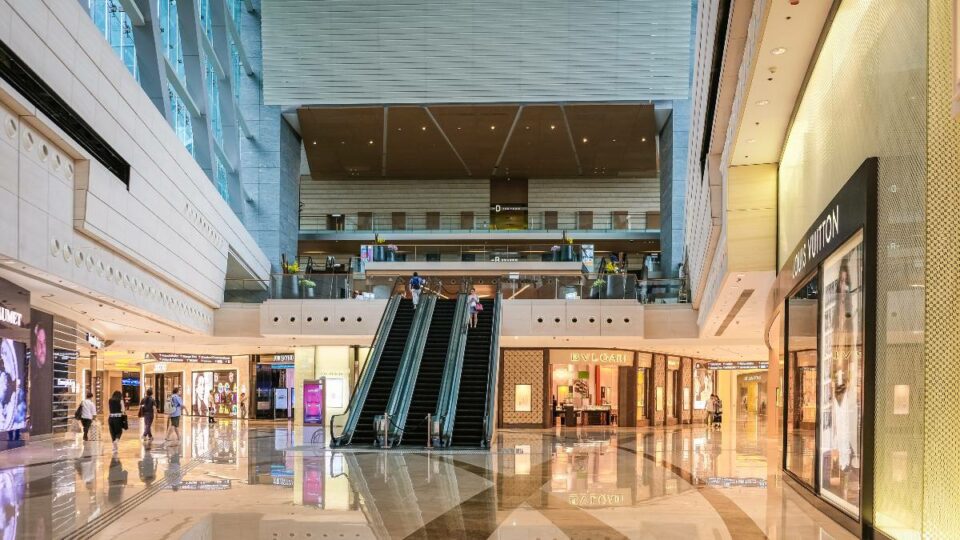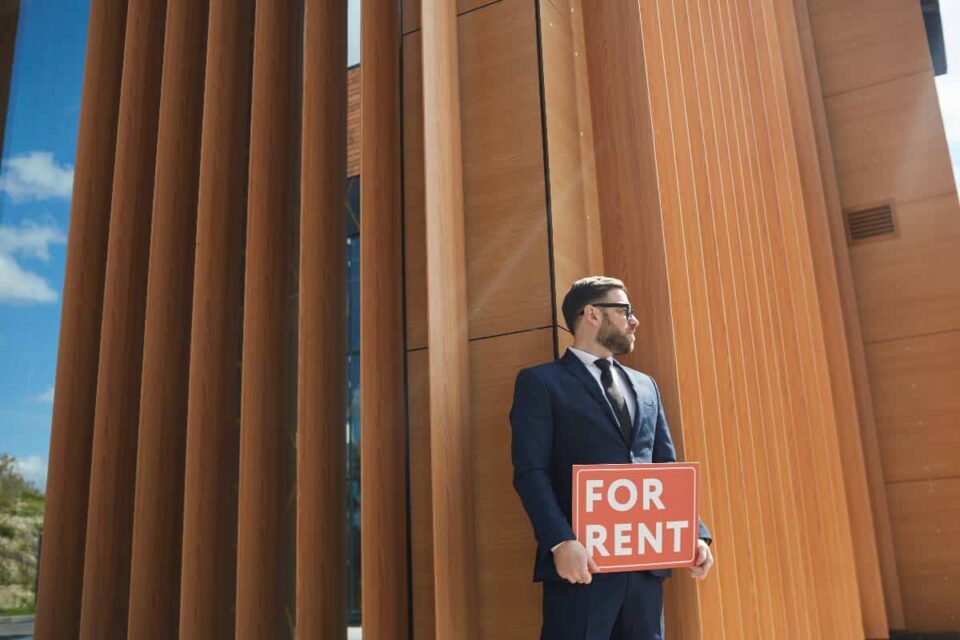As a seasoned professional in the commercial real estate industry, I’ve witnessed firsthand the growing importance of sustainability in our sector. With over 18 years of experience representing business owners and landlords, I’ve come to understand that embracing green certification benefits is not just a trend, but a strategic move that can unlock a wealth of benefits. In this article, we’ll dive deep into the world of green building certifications and explore how they can transform your commercial real estate investments.
Key Takeaways
- Green building certifications offer a range of benefits for investors, owners, and occupiers, including increased property value, lower operating costs, and improved tenant satisfaction.
- Obtaining a green building certification can enhance a company’s corporate social responsibility and ESG performance, attracting environmentally conscious investors and tenants.
- Navigating the certification process requires careful planning and collaboration with accredited professionals to ensure a successful outcome.
Unlocking the Potential: A Comprehensive Guide to the Benefits of Green Building Certifications
Understanding Green Building Certifications
Before we delve into the benefits, let’s clarify what we mean by green building certifications. These are recognized standards that assess and validate a building’s environmental performance across various criteria, such as energy efficiency, water conservation, and indoor air quality. Some of the most widely recognized certifications include:
- LEED (Leadership in Energy and Environmental Design)
- BREEAM (Building Research Establishment Environmental Assessment Method)
- Energy Star
These certifications have varying criteria and levels of achievement, but they all aim to promote sustainable building practices. It’s important to note that while some certifications are voluntary, others may be mandated by local or national regulations.
Benefits for Investors
As an investor in commercial real estate, you’re always looking for ways to maximize your returns and future-proof your investments. Green building certifications can help you achieve just that:
- Increased property value: Studies have shown that green-certified buildings command higher sale prices and rental rates compared to non-certified properties.
- Higher rental income: Tenants are increasingly willing to pay a premium for spaces that prioritize their health, comfort, and environmental values.
- Improved occupancy rates: Green-certified buildings tend to attract and retain tenants more effectively, resulting in lower vacancy rates and reduced turnover costs.
- Access to loans and lower interest rates: Many financial institutions offer preferential terms for green building projects, recognizing their lower risk profile and potential for long-term value.
- Enhanced corporate social responsibility and ESG performance: Investing in green-certified buildings can boost your company’s reputation and attract environmentally conscious investors and partners.
Tax Benefits and Financial Incentives for Certified Buildings
Research shows green-certified buildings can rake in about 11% higher rents than non-certified ones.
Besides looking good on paper (and IRL), these smart spaces often qualify for tax incentives and funding opportunities, making them even more attractive to property owners eyeing the long game. The government says “thanks” with financial perks for being kinder to our planet.
- Tax breaks: Because who doesn’t want a cut from Uncle Sam?
- Funding programs: Grants or loans that make going green less of a pinch on your wallet.
- Increase in tenant attraction: Certification badges are like magnets—for tenants wanting sustainable spaces.
Gone are the days when being eco-friendly was just “nice-to-have.” Today? It’s profitable. Being cost-effective while doing good for the economy makes perfect sense—like peanut butter and jelly or cookies and milk.
Sure, there might be some upfront costs but think long-term benefits here—a testament to why embracing sustainability is no longer optional but essential.
Enhancing Occupant Health and Well-being with Green Buildings
The Impact of Green Buildings on Indoor Air Quality
Let’s talk about air – not just any air, but the kind you breathe in every second. Indoor environments hold a significance that’s often underestimated, impacting our very inhalations more profoundly than anticipated. Here’s where green buildings come into play, transforming what it means to take a deep breath inside.
Prioritizing people’s health and well-being, that’s the heart of green buildings. These buildings go beyond mere energy efficiency or cost reduction; they’re about forging spaces where the air everyone breathes is cleaner and healthier.
- Better air quality? Check.
- Access to natural light? You bet.
- A boost in productivity and comfort? Absolutely.
The idea is simple yet powerful: if we spend about 90 percent of our time indoors, shouldn’t those spaces contribute positively to our health?
This focus on healthier indoor environments comes from using materials that don’t off-gas harmful chemicals and designs that maximize fresh air flow. Think less coughing and sneezing, and more smiling and achieving. The connection between occupant health and building design isn’t new but embracing it fully through green certifications like LEED takes it up a notch—or ten.
Research backs this up big time. Studies show that moving into LEED-certified buildings can lead folks to report fewer headaches, better concentration levels, and overall higher job satisfaction thanks to improved indoor environmental quality (IEQ). Now who wouldn’t want some of that goodness?
Hear from communities prioritizing these very goals across their built environments because yes—buildings can indeed make us feel better both mentally and physically.
So there you have it—a snapshot into how prioritizing occupant health through greener building practices isn’t just good karma; it’s smart living.

Benefits for Owners and Occupiers
As a building owner or occupier, you stand to gain numerous advantages by pursuing green building certifications:
- Lower operating costs through energy efficiency: Green-certified buildings are designed to minimize energy consumption, resulting in significant savings on utility bills.
- Healthy indoor environments: These buildings prioritize factors like better ventilation, optimal lighting, and temperature control, creating a more comfortable and productive workspace for tenants.
- Tenant satisfaction and well-being: By providing a healthier and more environmentally friendly space, you can enhance tenant satisfaction and foster a sense of pride in their workplace.
- Competitive advantage in the market: Green-certified buildings stand out in a crowded market, attracting tenants who value sustainability and are willing to pay a premium for it.
- Increased employee productivity and reduced absenteeism: Studies have linked green building features to improved employee health, motivation, and productivity, leading to fewer sick days and higher output.
Environmental and Social Impact
Beyond the financial and operational benefits, green building certifications contribute to a more sustainable future:
- Reduced carbon footprint: By minimizing energy consumption and utilizing renewable sources, these buildings help combat climate change.
- Water conservation and management: Green-certified buildings often incorporate strategies like rainwater harvesting, greywater recycling, and water-efficient fixtures to reduce water waste.
- Sustainable materials and waste management: These buildings prioritize the use of recycled, locally sourced, and environmentally friendly materials, while also implementing effective waste reduction and recycling programs.
- Promoting green practices and awareness: By showcasing the benefits of sustainable design and operation, green-certified buildings can inspire others to adopt eco-friendly practices in their own properties and communities.
- Supporting the transition to a circular economy: Green building practices align with the principles of a circular economy, where resources are kept in use for as long as possible, and waste is minimized.
Case Studies and Success Stories
To illustrate the tangible benefits of green building certifications, let’s look at some real-world examples:
- The Bullitt Center in Seattle: This LEED Platinum certified building boasts a 83% reduction in energy use compared to a typical office building, and a 79% reduction in water use. It also generates more energy than it consumes through solar panels.
- The Edge in Amsterdam: This BREEAM Outstanding certified building achieved a 70% reduction in electricity consumption compared to a typical office building, and a 65% reduction in water use. It also utilizes a smart building system that adapts to occupants’ needs and preferences.
- The Tower Companies in Rockville, Maryland: After achieving LEED Gold certification for three of its properties, the company reported a 13% increase in tenant satisfaction, a 5% increase in occupancy rates, and a 3% increase in rental rates.
Navigating the Certification Process
Achieving a green building certification requires careful planning and execution:
- Choose the right certification for your project: Consider factors like your building type, location, budget, and sustainability goals when selecting a certification system.
- Work with accredited professionals and consultants: Engage with experienced professionals who can guide you through the certification process and help you make informed decisions.
- Integrate certification requirements into the design and construction process: Incorporate sustainable features and strategies from the outset, rather than trying to retrofit them later.
- Document and communicate your progress: Keep accurate records of your sustainability efforts and share your achievements with stakeholders and the wider community.
Challenges and Considerations
While the benefits of green building certifications are clear, there are some challenges and considerations to keep in mind:
- Costs associated with certification: Pursuing a certification may involve additional upfront costs for design, materials, and consulting fees. However, these investments often pay off in the long run through operational savings and increased asset value.
- Time and resources required for the certification process: Achieving a certification can be time-consuming and resource-intensive, requiring dedicated staff and coordination among multiple stakeholders.
- Balancing certification requirements with project goals: It’s important to find a balance between meeting certification criteria and achieving your overall project objectives, such as budget, timeline, and aesthetic preferences.
- Maintaining certification standards over time: Green building certifications are not a one-time achievement; they require ongoing commitment to sustainable operations and maintenance practices.
Innovative Technologies and Strategies
Green building certifications often serve as catalysts for innovation, encouraging the adoption of cutting-edge technologies and strategies:
- Smart building systems and automation: Advanced sensors, controls, and data analytics can optimize energy and water consumption, while also enhancing occupant comfort and productivity.
- Advanced materials and construction techniques: Innovations like cross-laminated timber, green roofs, and prefabricated building components can reduce environmental impact and construction time.
- Integration of green spaces and biophilic design: Incorporating natural elements like plants, water features, and abundant daylight can improve indoor air quality, reduce stress, and boost creativity.
- Collaboration with sustainable suppliers and partners: Partnering with like-minded companies and organizations can help you access innovative solutions and share best practices.
Future of Green Building Certifications
As we look to the future, it’s clear that green building certifications will continue to play a crucial role in shaping the commercial real estate landscape:
- Evolving regulations and policies: Governments around the world are increasingly mandating or incentivizing green building practices through codes, standards, and tax breaks.
- Technological advancements in sustainable building practices: The rapid pace of technological innovation is opening up new possibilities for energy efficiency, renewable energy integration, and smart building management.
- Growing demand for sustainable spaces: As awareness of the environmental and health impacts of buildings grows, tenants and investors are increasingly seeking out green-certified properties that align with their values and priorities.
FAQs
How long does it typically take to achieve a green building certification?
The timeline for certification varies depending on the specific system and the complexity of the project. On average, the process can take anywhere from several months to a couple of years.
Are there any tax incentives or grants available for green building certifications?
Yes, many local and national governments offer tax credits, grants, and other financial incentives to encourage the adoption of green high-performance sustainable building practices. These incentives can help offset the upfront costs of certification.
What are the key differences between LEED and BREEAM certifications?
While both LEED and BREEAM are widely recognized green building certification systems, they have some differences in their criteria, scoring, and geographic focus. LEED is more commonly used in North America, while BREEAM is more prevalent in Europe and other parts of the world.
How can green building certifications contribute to a company’s ESG performance?
Obtaining a green building certification can demonstrate a company’s commitment to environmental sustainability, social responsibility, and good governance practices. This can help attract ESG-focused investors and improve the company’s overall reputation.
What are some innovative technologies and strategies used in green-certified buildings?
Green-certified buildings often incorporate advanced technologies and strategies such as smart building systems, renewable energy integration, green roofs, biophilic design elements, and sustainable materials. These innovations can help reduce environmental impact, improve occupant well-being, and optimize building performance.
What is the significance of LEED certification in green building?
LEED (Leadership in Energy and Environmental Design) certification sets the standard for green building excellence, focusing on energy and environmental design, ensuring buildings are both environmentally friendly and sustainable.
Why should business owners consider green business certification?
Green business certification is crucial for business owners as it demonstrates their commitment to environmental sustainability, which can attract environmentally conscious customers and improve brand reputation.
Conclusion
Green building certifications offer a powerful toolkit for transforming the commercial real estate industry and unlocking a host of benefits for investors, owners, occupiers, and the planet. By embracing these certifications, we can create buildings that are not only more profitable and operationally efficient but also healthier, more resilient, and more sustainable in the long run.
As a commercial real estate professional, I’m passionate about helping my clients navigate this exciting and rapidly evolving landscape. If you’re interested in learning more about how green building certifications can benefit your properties and portfolios, I invite you to schedule a consultation with me. Together, we can explore the possibilities and chart a course toward a greener, more prosperous future.




